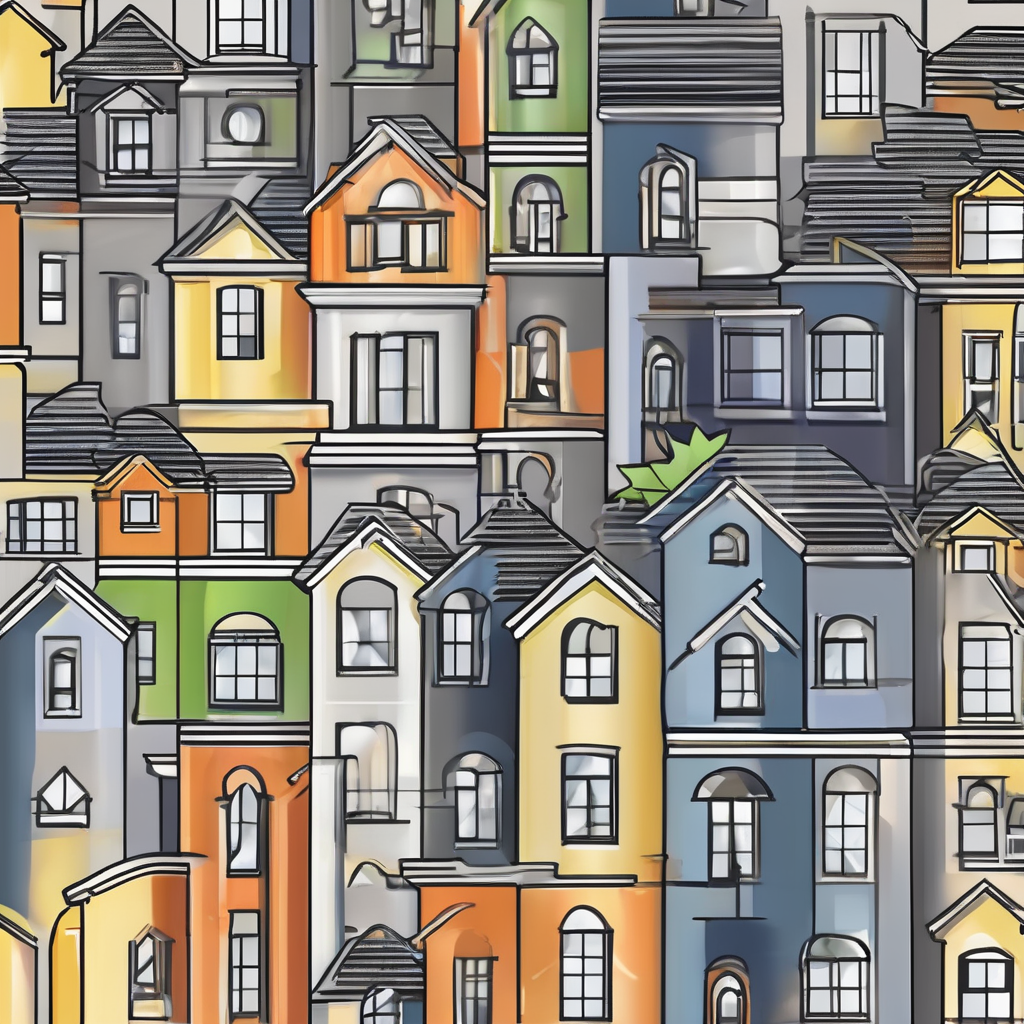It is an interesting era for mixed-use developments in Bristol. Such developments are seen as an answer to many urban challenges – providing housing, contributing towards a vibrant economy, and creating opportunities for people to inhabit the same spaces where they work, shop, and play. However, they also confront a myriad of zoning challenges that can make them a complex proposition for developers, planners, and the community. In this article, you’ll explore these challenges in detail.
Understanding Zoning and Mixed-Use Developments
Before getting into the nitty-gritty, let’s first establish what we mean by zoning and mixed-use developments. Zoning refers to the process where a local government, usually a planning board, divides land into zones. These zones are delineated by the code of land use regulations, which specify what type of development can occur in each area.
Cela peut vous intéresser : How to Assess the Market Potential for Luxury Condos in Manchester’s Business District?
Mixed-use developments are a type of development that blends residential, commercial, cultural, institutional, or entertainment uses into a single project. They combine different types of land use within a single development, building, or block.
In Bristol, as in many urban areas, there is a trend towards such developments because of the many benefits they offer. They are seen as a solution to urban sprawl, reduce commute times, and foster a sense of community. However, the path to their realization is often marred by zoning challenges.
A voir aussi : What Are the Insurance Implications for UK Properties with Green Roof Installations?
Zoning Challenges: Conforming to the Code
One of the main challenges to mixed-use developments is the zoning code. Traditional zoning codes tend to separate land uses, restricting residential areas from commercial ones, and so on. This form of zoning can make it difficult for mixed-use developments to get the green light, as they inherently combine different uses.
Bristol’s zoning code, like those in many cities, is a living document, continually adjusted to accommodate evolving needs. However, adapting the code to accommodate mixed use developments can be a slow and arduous process, often met with resistance. This resistance often comes from the uncertainty surrounding the impact of different land uses co-existing in the same space.
Parking and Traffic Concerns
Another significant zoning challenge is managing parking and traffic. Mixed-use developments often require less parking than single-use developments because they capitalize on the shared use of spaces. For instance, an office worker would typically use a parking space during the day, while a resident would need it during the evening.
However, zoning codes often stipulate specific parking requirements based on the square footage of each use within a development. This can result in what’s called ‘over-parking’ – a surplus of parking spaces that are unused for much of the time.
Moreover, increased traffic congestion is a common concern among community members when it comes to mixed-use developments. Developers must usually conduct a traffic impact analysis to address this issue, adding another layer of complexity to the zoning process.
The Role of the State and Special Area Plans
In Bristol, as in many places, state policies can also pose challenges to mixed-use developments. State law often dictates the overarching principles of zoning, which local zoning codes must then align with. For instance, state law may enforce specific requirements for affordable housing, which must be factored into a mixed-use development plan.
Furthermore, special area plans or district plans can add another layer of complexity. These plans provide detailed guidelines for development within a specific geographic area, often with their own set of zoning regulations. This can be challenging for developers to navigate, especially if their proposed project straddles the boundaries of multiple special areas.
Navigating Community Pushback and Ensuring Adequate Public Amenities
Mixed-use developments often face resistance from community members due to fears of change. This pushback can come in the form of concerns about increased density, noise, traffic, and potential changes in the character of the community.
Developers and planners need to effectively communicate the benefits of mixed-use developments to community members, explaining how they can create vibrant, walkable neighborhoods with easy access to amenities.
Finally, mixed-use developments must also consider the provision of public amenities, such as open space and recreational areas, in their planning process. While these are often seen as beneficial for the community, zoning codes can sometimes limit the amount of public space required in a development, posing another challenge for developers.
In the face of these challenges, developers, planners, and community members must work together to find innovative solutions that will allow mixed-use developments to thrive in Bristol. By doing so, they will not only contribute to the city’s growth but also create vibrant, sustainable communities where people can live, work, and play.
The Impact of Plan Review and Affordable Housing Requirements
In addition to the zoning codes and community concerns, the plan review process is another significant factor in the development of mixed-use projects. This process involves an in-depth examination of the site plan by planners, architects, and engineers before construction can begin.
Every area in the development, from commercial spaces to residential units, the layout of open space, parking spaces, and even the square feet of each component, is scrutinized during this process. The objective of this review is to ensure that the development aligns with local planning policies, building regulations, and architectural standards. In essence, a plan review can drastically influence the design, scale, and layout of a mixed-use development, and thus, poses a major challenge for developers.
In Bristol, a significant component of the plan review process involves the requirements for affordable housing. Given the city’s rising housing costs, local authorities have implemented policies that require developers to include a certain percentage of affordable units in their projects. This is an important aspect of planning that developers must factor into their projects, however, it can also pose a substantial financial challenge.
A mixed-use development’s profitability is often derived from high-value units or commercial spaces. Mandates for affordable housing can affect the bottom line, potentially deterring developers from undertaking these kinds of projects. The challenge, therefore, lies in balancing the demand for affordable housing with the financial feasibility of the development itself.
The Future of Mixed-Use Developments: A Balance Between Challenges and Opportunities
Navigating the myriad of challenges in developing mixed-use projects in Bristol is no mean feat. It demands real estate developers, planners, board review, and the local community to work together, think innovatively, and strike a balance between differing needs and interests.
Mixed-use developments offer a viable solution to the growing urban sprawl and can contribute to a more sustainable city by reducing commute times and promoting a more efficient use of space. However, the concept also challenges traditional planning norms, especially the separation of land uses.
As we move forward, addressing these challenges will require both courage and a willingness to embrace change. Bristol must reassess its zoning codes to better align with the goals of mixed-use development and loosen the rigid boundaries of single-use zoning. The state could also consider providing incentives for these developments, particularly those that meet affordable housing requirements.
As for the community, it’s essential to foster an open dialogue with developers and planners. The business community and residents can share their concerns via social media platforms – such as Twitter, LinkedIn, Facebook, and others – to foster a more inclusive decision-making process.
At the end of the day, the key to successful mixed-use development lies in a shared vision of a vibrant Bristol – one that embraces high-density living, small-scale retail, tall buildings, and open spaces in a harmonious blend. As we navigate these challenges together, we inch closer to a Bristol that truly embodies the live-work-play ideal.
As of today, the 19th of April 2024, the journey is still ongoing, but with every step we take, we move closer to realizing this vision for our city.

